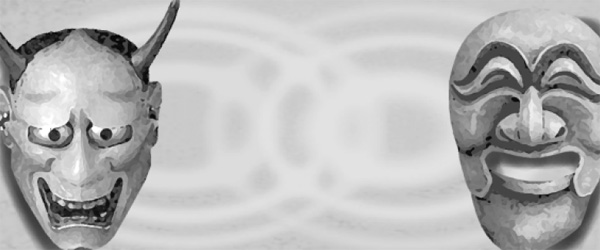In need of culture that flows both ways

Manjiro Tatsumi is a master of Noh, one of three traditional Japanese performing arts. He is a member of the Shitegata Hosho School and has performed around the globe, notably on special occasions at the United Nations and the Metropolitan Museum of Art in New York as well as in front of the Sphinx in Egypt. Just like Kim, Tatsumi began his career early, with his first public performance at the age of 4.
Last Monday, these two masters met at the residence of the Japanese ambassador in Seoul. Ambassador Masatoshi Muto hosted, with a few Korean and Japanese guests in attendance. Tatsumi performed with his students on a makeshift stage in a corner of the living room. The performance was taken from a piece titled “Hagoromo.” The story is surprisingly similar to the Korean folk tale “The Fairy and the Woodcutter,” but instead of the woodcutter, a fisherman is the main character, and he gives the dress back to the fairy instead of opting to live with it.
Noh is designated as a Unesco intangible cultural heritage, but unlike pansori (traditional singing) and namsadang (traditional acrobatics), I find it difficult to understand. The performance involved extremely limited movement and sounds, with a minimal stage set or props. Afterwards, I asked Tatsumi about it. His answer was interesting: “Modern people have grown accustomed to entertainment that has been prepared to provide fun. However, Noh makes audience members exercise their own imaginations and learn to enjoy and appreciate the genre. If you remain patient, keep on imagining and watch the performance over and over, you will find the kind of entertainment of which you will never tire.”
K-pop groups are wildly popular in Japan. However, Japanese pop culture is yet to spread in Korea, even after the market opening in 2004. In the exchange of traditional culture between Korea and Japan, the Koreans seems to be the obstacle. Cultures are meant to flow and influence one another. Hopefully, the pleasant excitement of pansori and the reserved beauty of Noh will meet more often, as they are both great pieces of cultural heritage.
The author is an editorial writer of the JoongAng Ilbo.
by Noh Jae-hyun










with the Korea JoongAng Daily
To write comments, please log in to one of the accounts.
Standards Board Policy (0/250자)